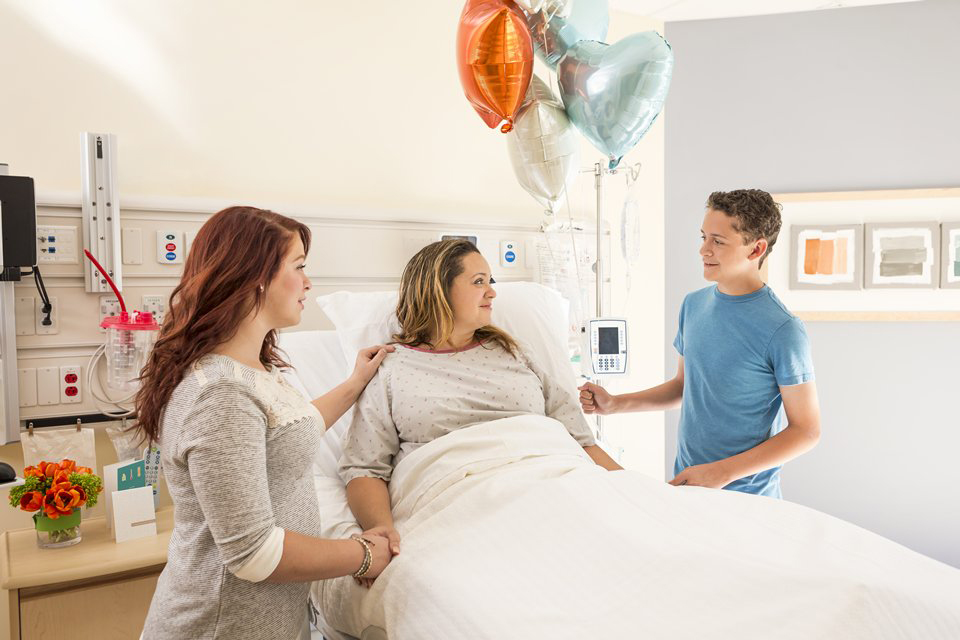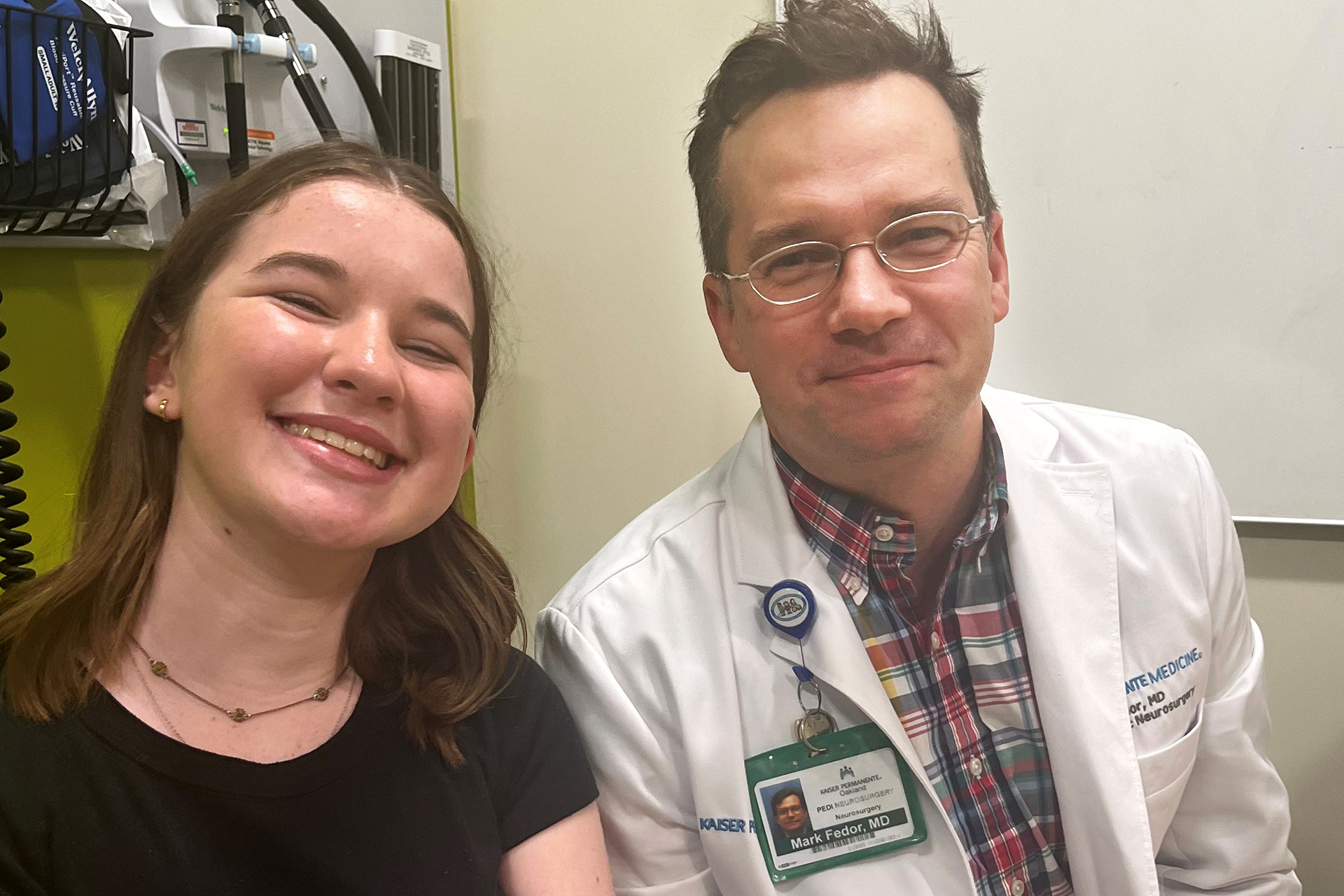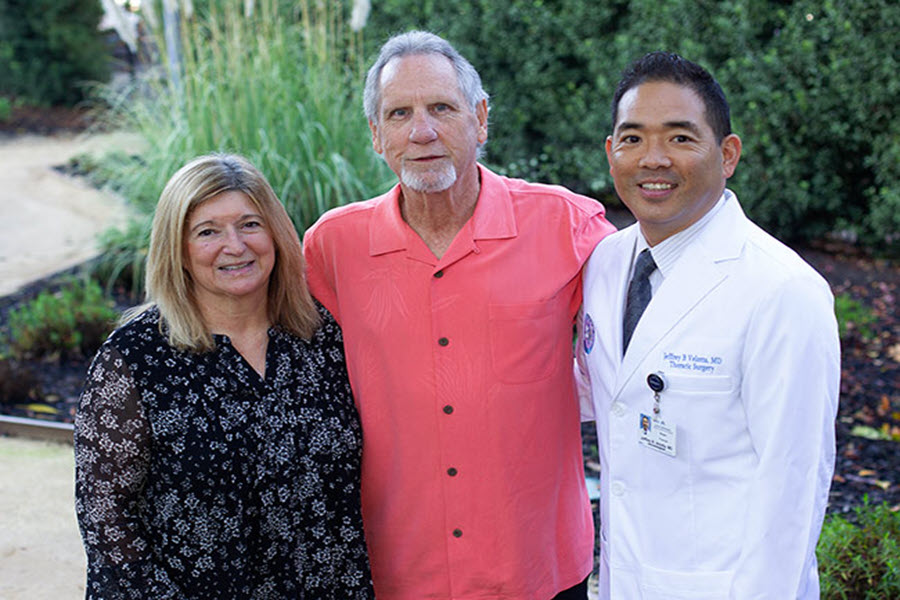More health systems are moving toward providing the right amount of care
H&HN (Hospitals and Health Networks) – February 21, 2017
More and more, physicians and health systems are treating patients less and less. But it’s not about “rationing” care or cutting expenses. It’s about rethinking old, outmoded practices to achieve more-effective, evidence-based “right care.”
Take, for example, getting people reinvigorated, out of bed and home faster after major surgery.
At Kaiser Permanente’s health plan in Northern California, members who’re slated for total joint replacement are now required to attend a two-hour pre-op class where they’re thoroughly briefed on what to expect — and what’s expected from them — before, during and after the procedure. They even get to pass around a sample of the hardware they’ll soon be wearing.
Three weeks later they get a telephone call from a nurse practitioner to review the instructions and schedule a blood test and an electrocardiogram. Chest X-rays are no longer routine. Ten days before the procedure they meet with the surgeon for a final OK. Joint replacement is elective, they’re reminded — and they have a shared responsibility to heal as quickly as possible.
At the class, they’re given a bag of goodies including brochures, checklists and pre-op instructions (e.g., discontinue nonsteroidal anti-inflammatory drugs and vitamins 10 days beforehand, no solid food within eight hours of the surgery, clear liquids OK until two hours before the procedure, and brush teeth for five full minutes on the morning of the surgery). There’s also a recommendation to wash with an acne cleansing bar the week before surgery (to eliminate a bacterium resistant to the usual antibiotics), a packet of antiseptic skin wipes to supplement the pre-op shower at home, two 4-ounce carbohydrate “sports fuel” juice packs to be drunk on the way to the hospital, and a spirometer to exercise the lungs after surgery to prevent pneumonia.
For most patients, anesthesia will be epidural not general. There’ll be no urinary catheter. And they’ll be coaxed to get up and head down a hallway (with a walker) as soon as feeling returns to their legs.
Best of all, they can usually expect to go home that same day.
Enhanced surgical recovery
This remarkably pared-down and systematized hip replacement protocol at Kaiser is the fruit of a major re-examination, undertaken in December 2013, of all surgical practices in its Northern California region.
“We drilled down to the evidence base and found that while we were doing what we thought the evidence supported, it really wasn’t always there,” says Stephen Parodi, M.D., associate executive director of The Permanente Medical Group (TPMG).
For example, he notes: “Surgery is a stressful physiological event. If you think about it, it’s kind of like running a marathon.” Nevertheless, surgery patients were always forbidden solid food and most fluids after midnight … “something,” Parodi observes, “no one would be told before running a marathon.”
In fact, the restriction was an administrative artifact, the researchers concluded. There’s no evidence-based risk to patients to allow them to drink Gatorade two hours before an operation; it’s not only safe, it prevents dehydration.
Based on the literature review, Parodi continues, teams of doctors, nurses, nutritionists and physical therapists working in two surgical units set about collaboratively designing protocols that would improve patient outcomes in their specialties as measured by “control of pain, adequate nutrition, time to being more mobile, faster recovery and time in hospital.” What was dubbed the Enhanced Recovery After Surgery program started with two complex procedures, colorectal surgery and hip fracture repair.
Over the next six months, says Parodi, the surgical teams hashed out: “What’s practical? How are [implementing these changes suggested by the literature] going to really work?’ They actually got very excited about it.”
Patients too played a major role as the redesign process unfolded, Parodi adds. “We asked, ‘Was the experience better or not? How can we make it better?’ We put together a calendar that would tell them what to expect and empower them to participate in their own care.”
By June 2014, new workflows had been plotted, piloted and tested. The teams had also specified exactly how Kaiser’s electronic health record system should incorporate updated prompts and best-practice alerts. Simple one-click ordering and order-change capabilities were built in. (For example, says Parodi, a doctor who prescribes an acid-suppressing proton pump inhibitor medication for an inpatient will see a warning that it has recently been found to promote Clostridium difficile infection; one corrective click spares the patient a potential hospital-acquired bout of diarrhea.)
“We try to make it easy for people to do the right thing,” Parodi says.
The ERAS model for colon and hip fracture surgery was introduced throughout Kaiser’s Northern California region in August 2015. Proof of success was documented by December of that year. From an average inpatient stay of eight days after a colon procedure, patients were (and are) being discharged in 5½ to six days, Parodi reports. Postsurgical stays after hip fracture repair have been reduced by a day or more. The rate of postsurgical complications has been pared as much as 17 percent.
With improved attention to nutrition before and after surgery (patients are immediately given gum to chew or hard candy to suck to aid in digestion of a soft meal soon after they leave the operating room), a sharp cutback in the amount of opiates used for pain control (relying on effective nonopiate drugs) and emphasis on early mobility, reports Parodi, patients experience “less nausea, so they’re able to eat sooner than they could in the past; they’re no longer delirious or sleepy after surgery, so they’re able to get up and walk sooner; and as a result, they recover faster and are able to go home.”
“It’s just night and day compared with what it used to be,” observes surgeon Efren Rosas, M.D.
In 2016, the ERAS model was expanded to include hip replacement and cesarean sections, and rolled out to all 21 Northern California Kaiser hospitals. This year will see its adaptation and adoption for every surgical procedure in the nine-state system’s Southern California, Hawaii and Pacific Northwest facilities.
Right care
Even as health care reform has led to reimbursement of doctors and hospitals based on the value rather than the volume of their services, evidence has mounted that “too much medicine happens too often,” to quote an editorial in JAMA Internal Medicine. Indeed, three out of four American physicians say that ordering an unnecessary test or procedure is commonplace in medical practice and a serious problem — yet they confess to doing it themselves on average once a week.
Why? To mollify patients. Out of habit. Failure to keep abreast of evolving evidence on effectiveness. Fear of malpractice judgments. And because, as the JAMA Internal Medicine editorial suggests, “in the United States, there is a deeply held cultural belief that more health care is better and that earlier is better, beliefs that [have been] strongly reinforced by financial and legal incentives.”
But the ground has shifted. Nationwide, progress is underway to discourage obsolete and useless — if not harmful — interventions. Under the rubric of “less is more,” physicians and hospitals are sharply curtailing antibiotic prescriptions (to counter the dangerous increase in resistant strains) and potentially addictive opioids; limiting patient exposure to diagnostic radiation; shortening in-patient stays with their risk of hospital-acquired infection and physical and mental atrophy; eliminating nonessential screenings that can lead to harmful overtreatment … all while achieving better outcomes at lower costs.
Near Boston, the nonprofit Lown Institute has been a catalyst with its sponsorship of the RightCare Alliance, a nationwide health professionals network dedicated to “transforming the culture of medicine and building a health care system that is affordable, effective, personal and just.”
With Lown Institute backing, the British medical journal The Lancet last month launched its five-part “Right Care” series — articles investigating worldwide medical underuse and overuse as exemplified by inappropriate knee replacements (34 percent in the United States), inappropriate hysterectomies (20 percent in Taiwan), excessive C-section rates (6.6 million performed without medical justification worldwide) and millions of premature births that could have been prevented by a simple steroid prescription.
For its part, under the rubric “A Teachable Moment,” JAMA Internal Medicine now includes in each issue a detailed analysis of a circumstance in which an ineffectual test or medical procedure was ordered, what best practice counsels instead and why.
Better choices
Prominent in this movement is the Choosing Wisely campaign launched in 2012 by the ABIM Foundation and Consumer Reports, in cooperation with more than 75 medical specialty societies (representing over 1 million doctors, nurses, physical therapists and dentists) and 100 consumer, employer and patient organizations. Each specialty has documented and agreed on a set of interventions that physicians often misapply but should avoid and that their patients should decline.
Spurred by the Choosing Wisely recommendations, many of which have been incorporated into Wikipedia articles, 14 participating U.S. health systems have adopted strategies that have resulted, according to ABIM Foundation Executive Vice President and Chief Operating Officer Daniel Wolfson, in:
- A 36 percent reduction in the use of antibiotics and a 26 percent reduction in Pap smears (by changing the recommended frequency from one year to an evidence-based three years) by physicians at the Group Health Cooperative in Seattle.
- A 73 percent reduction in preoperative CT and MRI tests, and a 42 percent reduction in presurgical lab tests ordered at Los Angeles County Department of Health Services hospitals (the nation’s second-largest medical safety net).
- A 55 percent reduction in antibiotic use at Detroit’s Henry Ford Health System.
“What the Choosing Wisely campaign has done is to increase the conversation about why less is sometimes better,” says Wolfson. “We’ve given people an antidote for thinking we’re talking about rationing or ‘death panels.’
“For hospitals and health systems, Choosing Wisely engages physicians in ways I think quality improvement efforts in the past have not.” he says. “Physicians identify with their own specialty societies, and if they see recommendations from people they trust and respect, they’re more likely to feel ownership rather than that something is being imposed by administration. It’s more of a bottom-up approach.”
Now, he says: “We’ve pivoted from getting awareness and buy-in to turning to institutional implementation. From here on, it’s really up to the delivery systems.”
This article originally appeared in H&HN (Hospitals and Health Networks), a publication of the American Hospital Association.






